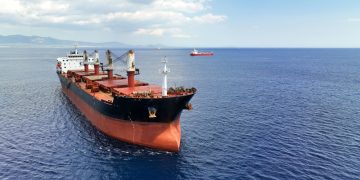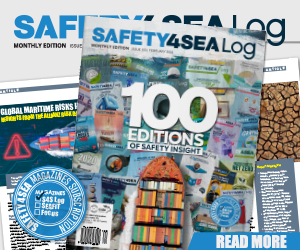https://twitter.com/SEAFAR4/status/1361607784828141568
The first sailing of a semi-autonomous shortsea cargo vessel between the Belgian ports of Zeebrugge and Antwerp has taken place marking a development of autonomous shipping.
This cooperation aims to progress the possibilities of automated navigation and involve the authorities in developing new navigation methods.
The ultimate goal is to reduce the number of crew sailing aboard the vessel to create better efficiencies and address the growing shortage of trained seafarers.
The sailings are taking place onboard the 5,500 dwt Deseo. The vessel will be sailing at first two or three times per week between the two ports supported by a central control station.
To ensure safety along the waterway, the test includes an experienced crew on the vessel who can take over if necessary.
The technology being tested for the automation of the ship was developed by the Belgian company Seafar, which is providing the control from a centralized control center.
The operators in the control center have various high-tech systems based on artificial intelligence, sensor fusion, and object detection at their disposal to ensure safe navigation.
In addition, B2B operator Citymesh is providing a reliable and stable communication link between the ship and the shore control center, using a hybrid Wi-Fi network, private LTE/5G, and a public 4G network.
Commenting on the project, the Minister of Mobility and Public Works, Lydia Peeters, said that innovations regarding automation in inland navigation will help the sector. She also added that the automated barge project offers an answer to the mobility challenges of the future.
As the technology is proved and refined in the tests, the goal is to reduce the crew from five down to three.

































































